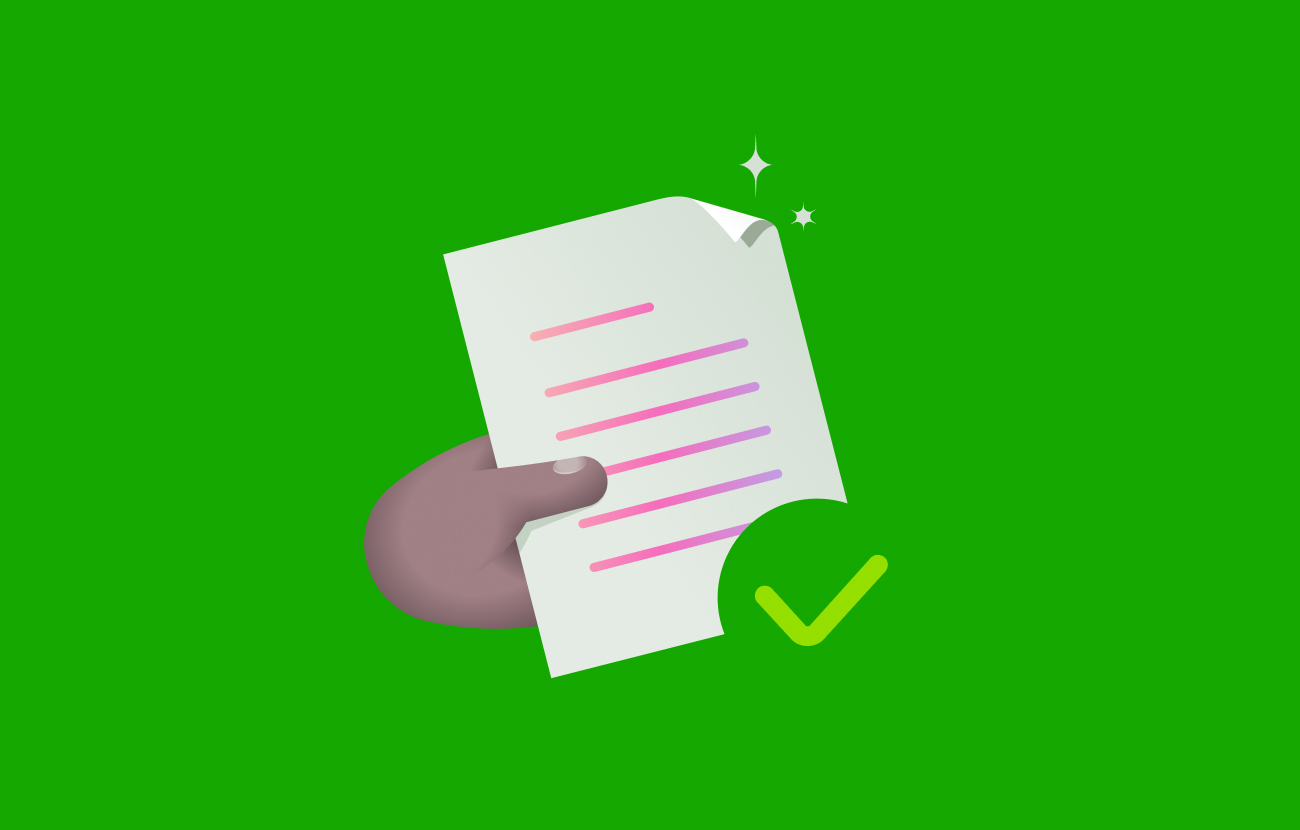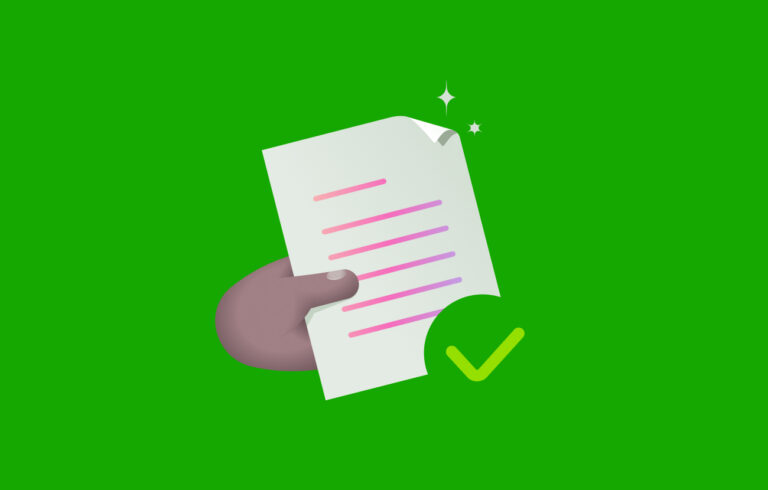Book Appointment Now

How to Spot And Avoid Bad Clients on Upwork: Insider Tips
To spot and avoid bad clients on Upwork, check their feedback scores and review their project history. Red flags include vague job descriptions, unrealistic deadlines, and poor communication.
Freelancing on Upwork can be rewarding, but choosing the right clients is crucial for a successful experience. Many freelancers face challenges with difficult clients, which can lead to wasted time and frustration. Identifying potential issues early can save you from future headaches.
Bad clients may exhibit poor communication habits or unrealistic expectations. They may also have a history of negative feedback from other freelancers. By knowing what to look for, you can protect your time and energy, ensuring a smoother working relationship and a more profitable freelancing career.

The Upwork Landscape
Upwork is a bustling platform for freelancers worldwide. Many opportunities await, but challenges exist. Understanding how to navigate this landscape is crucial for success.
Freelancing On Upwork
Freelancing on Upwork allows you to connect with clients globally. Many skills are in demand, including:
- Graphic Design
- Web Development
- Content Writing
- Digital Marketing
Each project can vary in scope and complexity. Finding the right clients is essential for a smooth work experience.
Common Challenges
Freelancers often face challenges on Upwork. Identifying bad clients can save time and effort. Here are some common red flags:
| Red Flag | Description |
|---|---|
| Low Budget | Clients offering unrealistic rates often expect high-quality work. |
| Poor Communication | Clients who are vague or unresponsive may create confusion. |
| Negative Reviews | Clients with multiple negative reviews may not respect freelancers. |
| Last-Minute Changes | Clients frequently changing project details can lead to stress. |
Being aware of these red flags helps freelancers make informed decisions. Trust your instincts and prioritize your well-being.
Red Flags: Spotting Bad Clients
Identifying bad clients on Upwork can save you time and stress. Look for specific warning signs. These red flags can help you make better decisions.
Vague Project Descriptions
Beware of clients with unclear project details. Vague descriptions often indicate:
- Lack of direction
- Unrealistic expectations
- Potential for scope creep
Ask questions to clarify. Good clients provide detailed information. They know what they want. A clear project description sets the stage for success.
Unrealistic Deadlines And Budgets
Clients who set impossible deadlines may not respect your time. Watch for:
- Very tight deadlines
- Low budgets for complex tasks
- Last-minute changes
Realistic clients understand the work involved. They allow enough time and funds. Avoid projects that seem rushed or underfunded.
Poor Communication Patterns
Effective communication is key to successful projects. Look for these signs:
- Delayed responses
- Unclear messages
- Inconsistent feedback
Clients should respond promptly and clearly. This shows they value your work. Poor communication can lead to misunderstandings and frustration.
Evaluating Client History
Evaluating a client’s history is essential for freelancers on Upwork. A good client can lead to a smooth project experience. A bad client can cause stress and wasted time. Focus on three key areas: feedback and ratings, job success score, and repeat hire rate. These factors can help you make informed decisions.
Feedback And Ratings
Feedback and ratings show how clients interact with freelancers. Check these metrics for insights:
- Positive Feedback: Look for clients with mostly positive reviews.
- Negative Feedback: Watch out for clients with multiple complaints.
- Detailed Reviews: Read comments for specific issues.
High ratings indicate reliable clients. Low ratings suggest potential problems. Always prioritize clients with a strong feedback history.
Job Success Score
The job success score reflects a client’s overall performance. It ranges from 0% to 100%. A higher score indicates a better experience for freelancers.
| Score Range | Client Reliability |
|---|---|
| 90% – 100% | Highly Reliable |
| 70% – 89% | Moderately Reliable |
| 0% – 69% | Potentially Problematic |
A job success score above 90% indicates a good client. Scores below 70% can be risky. Always check this score before accepting a job offer.
Repeat Hire Rate
The repeat hire rate shows how often clients rehire freelancers. A high rate indicates client satisfaction.
- Above 50%: Clients likely value good work.
- Below 50%: Clients may not be satisfied.
Clients with a high repeat hire rate usually have better communication. This leads to smoother projects. Avoid clients with low rates, as they may cause issues.

Communication: Your First Line Of Defense
Effective communication can save freelancers from bad clients. It builds trust and clarifies expectations. Strong communication also helps identify red flags early.
Initial Conversations
Initial conversations reveal much about a potential client. Pay attention to their tone and responsiveness. Here are some signs to watch for:
- Clear communication: Good clients explain their needs well.
- Timely replies: Quick responses show they value your time.
- Respectful language: Professional language indicates good manners.
Beware of clients who are vague or unresponsive. They may lead to misunderstandings later.
Setting Clear Expectations
Clear expectations protect both parties. Discuss project scope, deadlines, and payment terms upfront. Use a checklist to ensure nothing is missed:
| Topic | Details |
|---|---|
| Project Scope | Define what is included and what is not. |
| Deadlines | Agree on start and end dates. |
| Payment Terms | Specify rates and payment methods. |
Use these points to avoid confusion later. A well-defined project leads to satisfaction.
Asking The Right Questions
Ask questions to gather essential information. Good questions help you gauge the client’s seriousness. Consider these:
- What are your main goals for this project?
- Who is the target audience?
- What is your budget range?
- How do you prefer to communicate?
Clients who provide detailed answers are often more reliable. Avoid clients who evade questions or provide unclear answers.
Negotiation Strategies
Effective negotiation strategies help freelancers spot and avoid bad clients. Understanding key elements can save time and stress.
Budget And Scope
Discussing the budget upfront is crucial. Establish a clear project scope. Here are some tips:
- Ask for the total budget before starting.
- Define project deliverables clearly.
- Clarify any additional costs.
Avoid clients who are vague about their budget. They may not value your work.
Timeline Flexibility
Clients with rigid timelines can create stress. Be cautious with tight deadlines. Consider these points:
- Ask about the project deadline early.
- Check if they allow adjustments.
- Understand their urgency level.
Clients who refuse to negotiate timelines may be difficult. Flexibility is key to smooth collaboration.
Payment Terms
Clear payment terms protect your work. Always discuss them upfront. Here are some essential elements:
| Payment Method | Payment Schedule | Milestone Payments |
|---|---|---|
| PayPal | Upon project completion | Yes |
| Bank Transfer | Weekly | No |
| Upwork Escrow | Monthly | Yes |
Avoid clients who hesitate on payment terms. Clear agreements ensure fair compensation.

Protecting Yourself
Finding good clients on Upwork can be tough. Bad clients can waste time and money. Protecting yourself is essential. Here are key strategies to help you stay safe.
Contracts And Agreements
A clear contract is your best friend. It sets rules and expectations. A solid agreement helps avoid misunderstandings. Make sure to include:
- Project scope: Define what you will deliver.
- Deadline: Agree on when the work is due.
- Payment terms: Outline how and when you will get paid.
Always read the contract before you sign it. If it seems vague, ask for clarification. It’s better to be safe than sorry.
Milestone Payments
Use milestone payments for big projects. This method protects both you and the client. Here’s why milestone payments are important:
| Benefit | Description |
|---|---|
| Security: | Ensures you get paid for work done. |
| Trust: | Builds confidence between you and the client. |
| Clarity: | Sets clear expectations for both parties. |
Always request upfront payments for initial milestones. This guarantees some income from the start.
Handling Disputes
Disputes can happen, even with good clients. Be prepared to handle them wisely. Here are steps to take:
- Stay calm and professional.
- Review the contract and communications.
- Gather evidence to support your claims.
- Contact Upwork support if needed.
Document everything during the project. This information can help resolve disputes quickly. Clear communication is key to avoiding issues.
When To Walk Away
Knowing when to walk away from a client is crucial. Bad clients can drain your energy and time. Staying aware of red flags helps protect your well-being. Here are some signs to recognize.
Recognizing Deal-breakers
Identifying deal-breakers is vital for freelancers. Look out for these signs:
- Unclear requirements: Clients who can’t explain their needs often lead to confusion.
- Low budget: Clients offering below-market rates may not value your work.
- Negative reviews: Check past feedback from other freelancers.
- Micromanagement: Clients who overly control your work can cause frustration.
Trust your instincts. If something feels off, it probably is.
Politely Declining Offers
Declining offers can feel awkward. Use these phrases to stay professional:
- “Thank you for your offer, but it doesn’t align with my goals.”
- “I appreciate the opportunity, but I must decline.”
- “I wish you luck with your project.”
Keep your tone respectful. This approach maintains your reputation.
Learning From Experience
Every interaction is a lesson. Analyze past clients and projects:
| Client Type | Red Flag Noted | Action Taken |
|---|---|---|
| Unresponsive | Delayed feedback | Walked away |
| Demanding | Constant changes | Politely declined future work |
| Low Budget | Inadequate compensation | Chose to pursue better clients |
Reflect on these experiences. They help you spot bad clients sooner.
Building Positive Client Relationships
Strong client relationships lead to successful projects. Good clients respect your work and communicate clearly. Building these relationships can help you spot and avoid bad clients.
Seeking The Right Clients
Finding the right clients is crucial. They can enhance your experience and career. Use these tips:
- Review Profiles: Check client ratings and feedback.
- Assess Job Descriptions: Clear and detailed descriptions indicate professionalism.
- Look for Long-Term Projects: Clients seeking ongoing work often value relationships.
Maintaining Professionalism
Always maintain a high level of professionalism. This sets the tone for your relationship. Follow these best practices:
- Communicate Clearly: Respond quickly and be concise.
- Meet Deadlines: Deliver work on time to build trust.
- Set Boundaries: Clarify your working hours and availability.
Growing Your Network
Networking helps you find reliable clients. Connect with other freelancers and clients. Here’s how to grow your network:
| Method | Description |
|---|---|
| Join Groups | Participate in Upwork forums and social media groups. |
| Attend Events | Engage in online and offline networking events. |
| Request Referrals | Ask satisfied clients for referrals to others. |
By seeking the right clients, maintaining professionalism, and growing your network, you can build positive client relationships. This will help you avoid bad clients and enhance your freelancing career.
Frequently Asked Questions
How Can I Identify Bad Clients On Upwork?
To identify bad clients, look for red flags in their profiles. Check for low ratings, poor feedback, and a lack of completed projects. Additionally, be cautious of vague job descriptions and unrealistic payment offers. Trust your instincts; if something feels off, it’s worth investigating further.
What Are Signs Of A Bad Client On Upwork?
Signs of a bad client include delayed responses and unclear project expectations. If a client frequently changes the job description, it may indicate instability. Clients who demand excessive revisions without proper compensation are also red flags. Always read reviews from other freelancers before accepting a job.
How To Avoid Bad Clients On Upwork?
To avoid bad clients, thoroughly vet their profiles before applying. Look for clients with verified payment methods and positive feedback from other freelancers. Set clear boundaries and expectations in your proposals. If you encounter any red flags during communication, consider declining the project.
What Should I Do If A Client Is Difficult?
If a client becomes difficult, document all communications to maintain a record. Try to address issues calmly and professionally. If the situation doesn’t improve, consider ending the contract. Upwork allows you to report problematic clients, so don’t hesitate to take action for your protection.
Conclusion
Identifying and avoiding bad clients on Upwork is crucial for your success. Trust your instincts and pay attention to red flags. Always prioritize clear communication and set boundaries. By following these strategies, you can build a positive freelancing experience. Your time and skills deserve clients who value them.
Stay vigilant and thrive!


